There are many types of telescopes in the world today. Some are super
massive modern marvels and others are just your regular every day
telescope that we have become accustomed to. Ever since I was a boy I
was fascinated with space, the stars, and telescopes and the wonders
that lay in our universe waiting to be discovered. I had always dreamed
of having one of my own but they were always too expensive, these days
that isn’t as much of an obstacle, as technology advances things become
easier to access, but in the era of the internet and the growing wealth
of knowledge combined with the many DIY resources available to us today –
nothing should be an obstacle when you can make your own!
Nothing was an obstacle for the explorers of the past, they were able to fashion their own rudimentary telescopes with nothing but some ingenuity and the craving to explore the cosmos that they barely understood at the time. So lets go through a little bit of a brief history of telescopes, and then explore how you can create your own, fueled with some inspiration from all of these epic home made telescopes!!

Some fun facts about Gilileo’s Telescope:

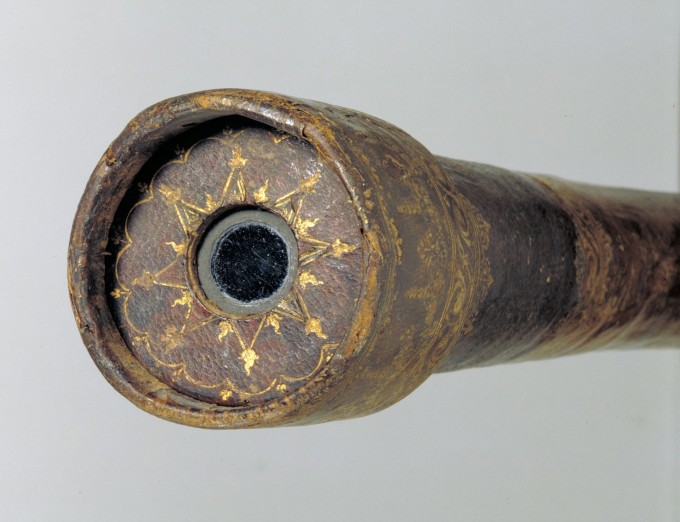


This is a replica of the earliest surviving telescope attributed to Galileo Galilei, currently on display at the Griffith Observatory.

This is a replica of one of Isaac Newton’s Telescopes – the Newtonian reflector. This replica of Newton’s second reflecting telescope was presented to the Royal Society in 1672.

SO EPIC! Go Big or Go Home! Father/son team goes big with backyard observatory

My God. I want this in MY backyard. Right Meow. haha.

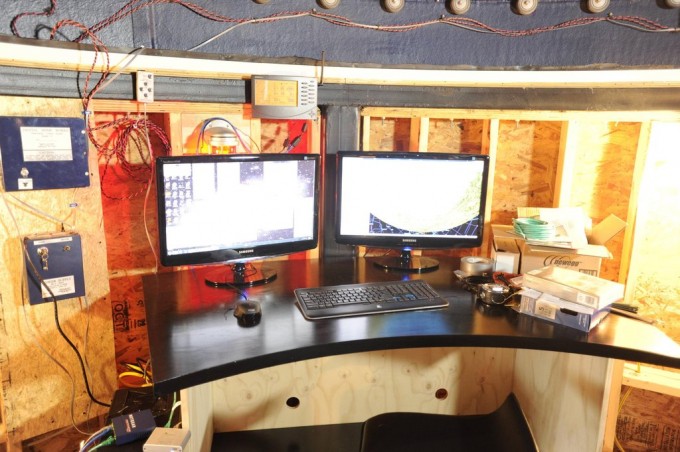
Computer controlled too! If you want more pics of this epic father/son observatory build project, here they are!

Another great backyard observatory build by a father and son team
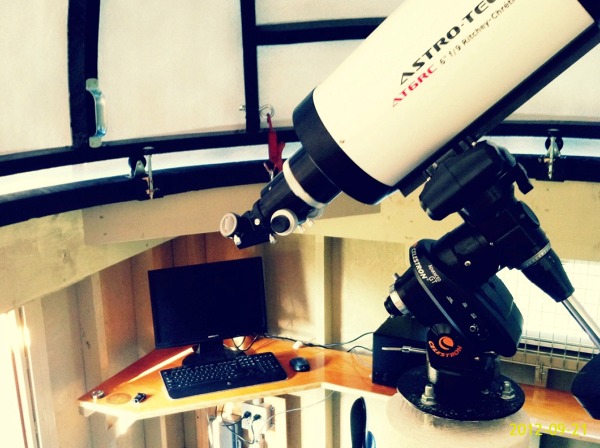
They didn’t make the telescope, but thats ok, its a damn fine observatory!! More pics of this builds progress can be found here.

Russian Homemade Telescope (and observatory! Now that, is Epic. lol)
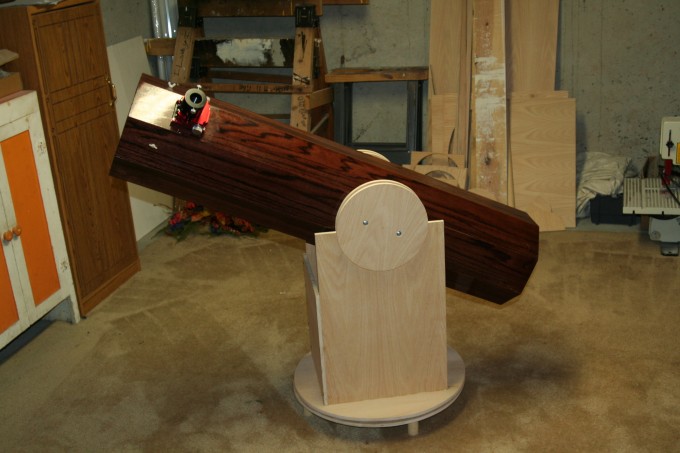
Awesome 8″ f/6 Solid Oak Octagon Reflector Telescope! With a nice “How To” Guide!
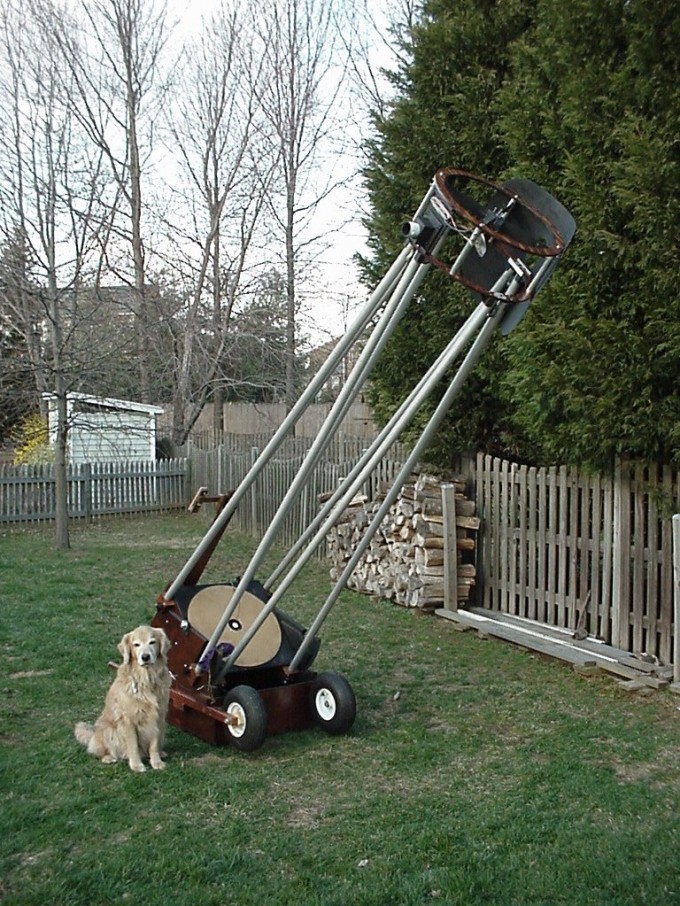
“TJ”: 20-inch Telescope, the history of an almost 30 year old Dobsonian
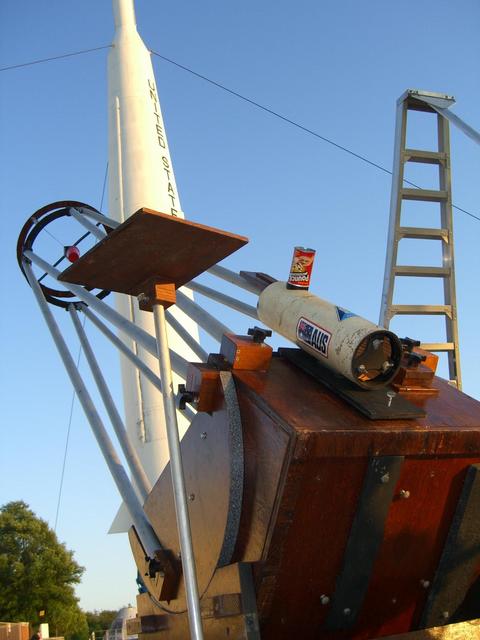

Epic Homemade 22 Inch Binocular Telescope

12.25-inch f/5.4 “Ellie” Low Tech/ Light Weight Suitcase Telescope

4.25-inch f/10 Planetary Reflector

Home-Made 6-Inch Truss Tube Dobsonian

Amateur astronomer Jane Houston Jones with one of her homemade telescopes. Image credit: J. Jones

Homemade 1420 MHz Atomic-Hydrogen Radio Telescope!

This is an image generated by the afformentioned radio telescope! A radio telescope built by a 5th grader and her dad for a school science project. So cool.

Homemade Dobsonian Style 8.75″ f7.4 Telescope

Working Mini Telescope (steampunk!)!! That is just cool, whether it works well or not lol.

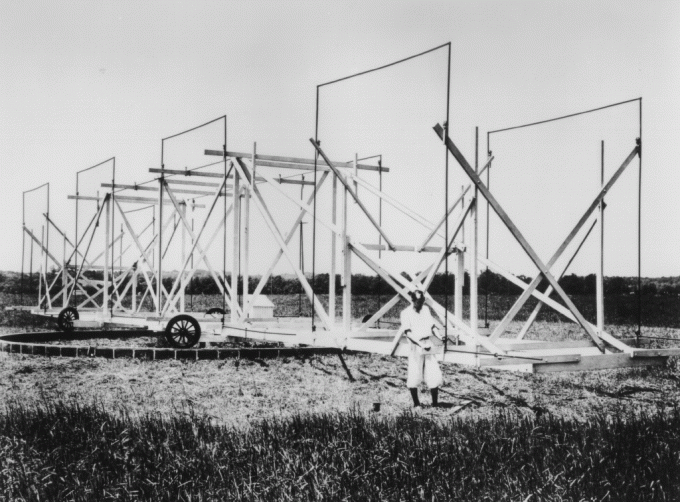
Karl Jansky‘s Amazing Homemade Radio Telescope (First One Ever Built)

Homemade Newtonian Telescope – primary mirror: 140mm – focal lenght: 880mm

That is One Beautiful Homemade Telescope! Looks like a William Herschel replica

Homemade Telescope – 4.5″. Made from scratch parts, according to the post the process from start to finish took about 12 hours.

Rotating eyepiece telescope installed on work-horse mount

12″ f/5 Newtonian on Horseshoe Mount

24″ Homemade Dobsonion

Homemade 40 Inch F/4.2 Reflector. That thing is MASSIVELY AWESOME.
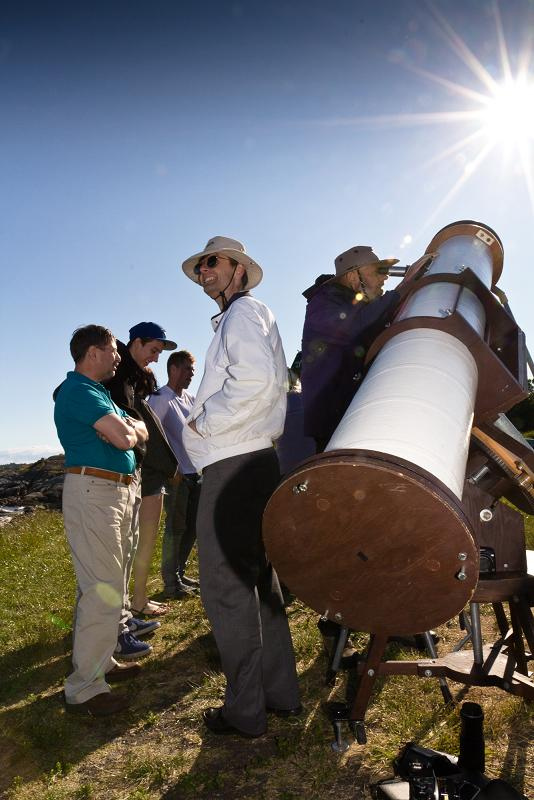
Homemade 8-inch Reflector Telescope

10-inch f/5 Dobsonian

Its A Very Artsy Telescope!

6-inch f/5 Square-Tube Dobsonian

6″ Newtonian
Courtsey: http://infinigeek.com
Nothing was an obstacle for the explorers of the past, they were able to fashion their own rudimentary telescopes with nothing but some ingenuity and the craving to explore the cosmos that they barely understood at the time. So lets go through a little bit of a brief history of telescopes, and then explore how you can create your own, fueled with some inspiration from all of these epic home made telescopes!!
What Is A Telescope?
A telescope is an instrument that aids in the observation of remote objects by collecting electromagnetic radiation (such as visible light). The first known practical telescopes were invented in the Netherlands at the beginning of the 17th century, using glass lenses. They found use in terrestrial applications and astronomy.
Within a few decades, the reflecting telescope was invented, which used mirrors. In the 20th century many new types of telescopes were invented, including radio telescopes in the 1930s and infrared telescopes in the 1960s. The word telescope now refers to a wide range of instruments detecting different regions of the electromagnetic spectrum, and in some cases other types of detectors.
The word “telescope” (from the Greek τῆλε, tele “far” and σκοπεῖν, skopein “to look or see”; τηλεσκόπος, teleskopos “far-seeing”) was coined in 1611 by the Greek mathematician Giovanni Demisiani for one of Galileo Galilei’s instruments presented at a banquet at the Accademia dei Lincei. In the Starry Messenger Galileo had used the term “perspicillum”.
First Telescope
When looking into anything, it is always important (and fun!) to study the history of it to understand where it came from (especially if you want to make one of your own!) then you can build upon that knowledge and make your own freaking awesome telescopes! If nothing else, impress your friends with your vast knowledge lol. Lets take a brief look at the history of telescopes and the early versions of them.
The earliest recorded working telescopes were the refracting telescopes that appeared in the Netherlands in 1608. Their development is credited to three individuals: Hans Lippershey and Zacharias Janssen, who were spectacle makers in Middelburg, and Jacob Metius of Alkmaar. Galileo heard about the Dutch telescope in June 1609, built his own within a month, and greatly improved upon the design in the following year.So who was first? Early in the seventeenth century, Galileo purchased one of Lippershey’s “spyglasses”. He made significant improvements and modified it for his use in astronomy. He gave it the name “telescope,” (with help from Giovanni Demisiani) a composite of two Greek words for “far” and “to see.” No one else had foreseen that possibility, and it was Galileo who became the first human being to view Saturn’s rings and to witness the moons of Jupiter, identifying and describing them as such. So it might as well have been Galileo!
The idea that the objective, or light-gathering element, could be a mirror instead of a lens was being investigated soon after the invention of the refracting telescope. The potential advantages of using parabolic mirrors—reduction of spherical aberration and no chromatic aberration—led to many proposed designs and several attempts to build reflecting telescopes. In 1668, Isaac Newton built the first practical reflecting telescope, of a design which now bears his name, the Newtonian reflector.
The invention of the achromatic lens in 1733 partially corrected color aberrations present in the simple lens and enabled the construction of shorter, more functional refracting telescopes. Reflecting telescopes, though not limited by the color problems seen in refractors, were hampered by the use of fast tarnishing speculum metal mirrors employed during the 18th and early 19th century—a problem alleviated by the introduction of silver coated glass mirrors in 1857, and aluminized mirrors in 1932. The maximum physical size limit for refracting telescopes is about 1 meter (40 inches), dictating that the vast majority of large optical researching telescopes built since the turn of the 20th century have been reflectors. The largest reflecting telescopes currently have objectives larger than 10 m (33 feet).
The 20th century also saw the development of telescopes that worked in a wide range of wavelengths from radio to gamma-rays. The first purpose built radio telescope went into operation in 1937. Since then, a tremendous variety of complex astronomical instruments have been developed.
Galileo Telescope
Well, since we talked about the brief history of telescopes, and we are showcasing some awesome homemade telescope designs, it seems only fitting that we start with a few of Galileo’s own telescopes since his were homemade after all (and some of the first), albiet centuries ago lol. They are still brilliant examples of what someone can create!Some fun facts about Gilileo’s Telescope:
- The original design Galileo Galilei came up with in 1609 is commonly called a Galilean telescope.
- It used a convergent (plano-convex) objective lens and a divergent (plano-concave) eyepiece lens.
- The design had no intermediary focus, thus resulting in an non inverted and upright image.
- Galileo’s best telescope magnified objects about 30 times.
- The Galilean telescope could view the phases of Venus, and was able to see craters on the Moon and four moons orbiting Jupiter.




This is a replica of the earliest surviving telescope attributed to Galileo Galilei, currently on display at the Griffith Observatory.

This is a replica of one of Isaac Newton’s Telescopes – the Newtonian reflector. This replica of Newton’s second reflecting telescope was presented to the Royal Society in 1672.
Homemade Telescopes
Onward, to the epic homemade telescope inspirations! Check out these awesome examples of next level home made telescopes (that double as science art!) made by DIY’ers just like you! Get Inspired!
SO EPIC! Go Big or Go Home! Father/son team goes big with backyard observatory

My God. I want this in MY backyard. Right Meow. haha.


Computer controlled too! If you want more pics of this epic father/son observatory build project, here they are!

Another great backyard observatory build by a father and son team

They didn’t make the telescope, but thats ok, its a damn fine observatory!! More pics of this builds progress can be found here.

Russian Homemade Telescope (and observatory! Now that, is Epic. lol)

Awesome 8″ f/6 Solid Oak Octagon Reflector Telescope! With a nice “How To” Guide!

“TJ”: 20-inch Telescope, the history of an almost 30 year old Dobsonian


Epic Homemade 22 Inch Binocular Telescope

12.25-inch f/5.4 “Ellie” Low Tech/ Light Weight Suitcase Telescope

4.25-inch f/10 Planetary Reflector

Home-Made 6-Inch Truss Tube Dobsonian

Amateur astronomer Jane Houston Jones with one of her homemade telescopes. Image credit: J. Jones

Homemade 1420 MHz Atomic-Hydrogen Radio Telescope!

This is an image generated by the afformentioned radio telescope! A radio telescope built by a 5th grader and her dad for a school science project. So cool.

Homemade Dobsonian Style 8.75″ f7.4 Telescope

Working Mini Telescope (steampunk!)!! That is just cool, whether it works well or not lol.


Karl Jansky‘s Amazing Homemade Radio Telescope (First One Ever Built)

Homemade Newtonian Telescope – primary mirror: 140mm – focal lenght: 880mm

That is One Beautiful Homemade Telescope! Looks like a William Herschel replica

Homemade Telescope – 4.5″. Made from scratch parts, according to the post the process from start to finish took about 12 hours.

Rotating eyepiece telescope installed on work-horse mount

12″ f/5 Newtonian on Horseshoe Mount

24″ Homemade Dobsonion

Homemade 40 Inch F/4.2 Reflector. That thing is MASSIVELY AWESOME.

Homemade 8-inch Reflector Telescope

10-inch f/5 Dobsonian

Its A Very Artsy Telescope!

6-inch f/5 Square-Tube Dobsonian

6″ Newtonian
Courtsey: http://infinigeek.com
No comments:
Post a Comment